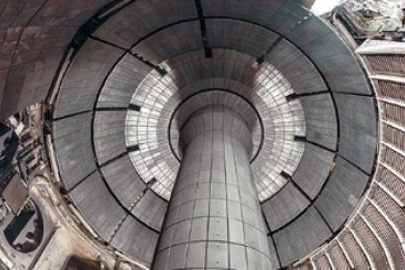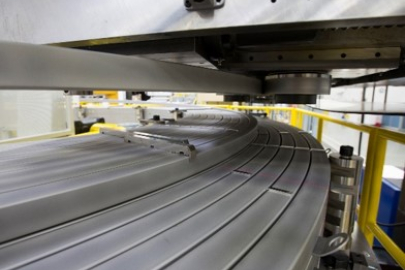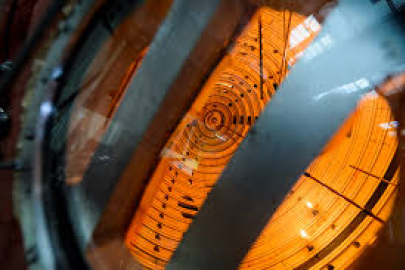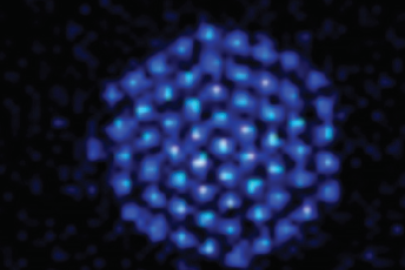The Fusion Energy Sciences (FES) program has two goals: (1) expand the understanding of matter at very high temperatures and densities, and (2) build the knowledge needed to develop a fusion energy source. Providing energy from fusion is one of the 14 Grand Challenges for Engineering in the 21st Century and FES is the largest federal government supporter of research that is addressing the remaining obstacles to overcoming this challenge.
Plasmas are very hot gases, so hot that electrons have been freed from atomic nuclei, forming a collection of ions and electrons that can be controlled by electric and magnetic fields. The known universe consists of over 99% plasma, which form stars such as the sun. Scientist study plasmas in space, like star explosions, to better understand plasma physics. Scientist also study plasmas that occur on Earth, like lightning. There are also plasmas that are manufactured and are seen everywhere, like light bulbs and a store’s neon sign. There are plasmas that have practical applications, such as advanced medical and sanitation procedures. However, there are challenges in creating and sustaining plasmas on Earth.
The sun produces light and energy that everyone can see and feel. It does this by a process called fusion. Fusion occurs in a plasma where two nuclei are combined to form a new atom. This occurs many times in the sun generating an enormous amount of energy. Scientist now want to recreate the process here on Earth and collect the energy to make electricity. The promise and potential benefits to humankind from this carbon-free energy source are enormous. Achieving this goal would have far-reaching and significant effects on human civilization and its impact on the planet.
Together with its partner science agencies, FES supports a devoted workforce that has made impressive progress since the first fusion experiments over sixty years ago. Progress is made each day by scientists and engineers at DOE national laboratories, universities, and in private industry. With public financial support for this fundamental research, fusion scientists are undertaking fundamental tests of fusion energy’s viability using some of the most ambitious energy projects, the most powerful supercomputers, and the fastest networks in the world today.
Video
FES Program Announcements
FES Science Highlights
-
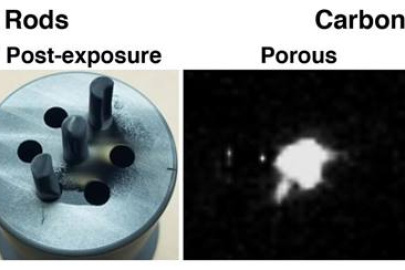 Scientists used tokamak plasmas to study how heat shield materials protect spacecraft in the extreme conditions of atmospheric entry.January 12, 2023
Scientists used tokamak plasmas to study how heat shield materials protect spacecraft in the extreme conditions of atmospheric entry.January 12, 2023 -
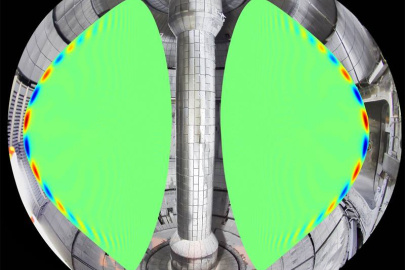 New discovery allows scientists to better stabilize the plasma in future compact fusion reactors.November 3, 2022
New discovery allows scientists to better stabilize the plasma in future compact fusion reactors.November 3, 2022 -
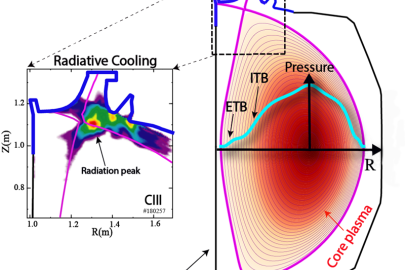 DIII-D researchers create barriers to separate core heat from the cooler edge of a tokamakJune 10, 2021
DIII-D researchers create barriers to separate core heat from the cooler edge of a tokamakJune 10, 2021 -
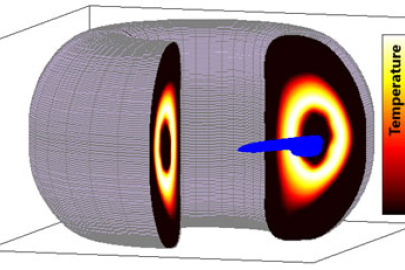 New simulations show diamond shells can cool plasmas more efficiently and prevent runaway electrons.May 13, 2021
New simulations show diamond shells can cool plasmas more efficiently and prevent runaway electrons.May 13, 2021 -
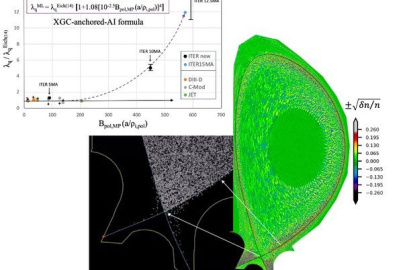 Extreme-scale turbulence simulation and AI discover a formula to predict the crucial exhaust heat-load width in future tokamak fusion reactors.May 12, 2021
Extreme-scale turbulence simulation and AI discover a formula to predict the crucial exhaust heat-load width in future tokamak fusion reactors.May 12, 2021 -
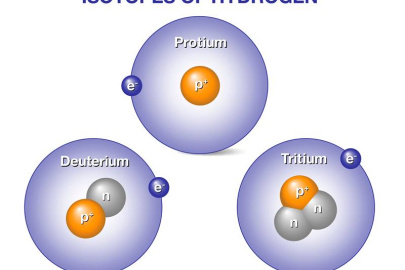 Researchers use a supercomputer to understand the mysterious “isotope effect” for better fusion reactors.March 31, 2021
Researchers use a supercomputer to understand the mysterious “isotope effect” for better fusion reactors.March 31, 2021 -
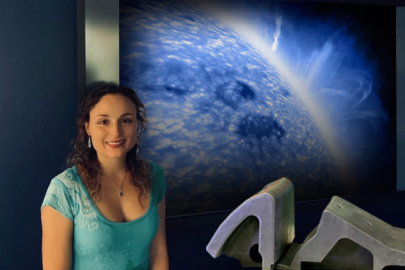 Researchers address the challenge of integrating the hot core and the cooler edge of a fusion plasma.January 26, 2021
Researchers address the challenge of integrating the hot core and the cooler edge of a fusion plasma.January 26, 2021
FES Subprograms
FES Research Resources
Contact Information
Fusion Energy Sciences
U.S. Department of Energy
Germantown Building
1000 Independence Avenue., SW
Washington, DC 20585
P: (301) 903 - 4941
F: (301) 903 - 8584
E: sc.fes@science.doe.gov


